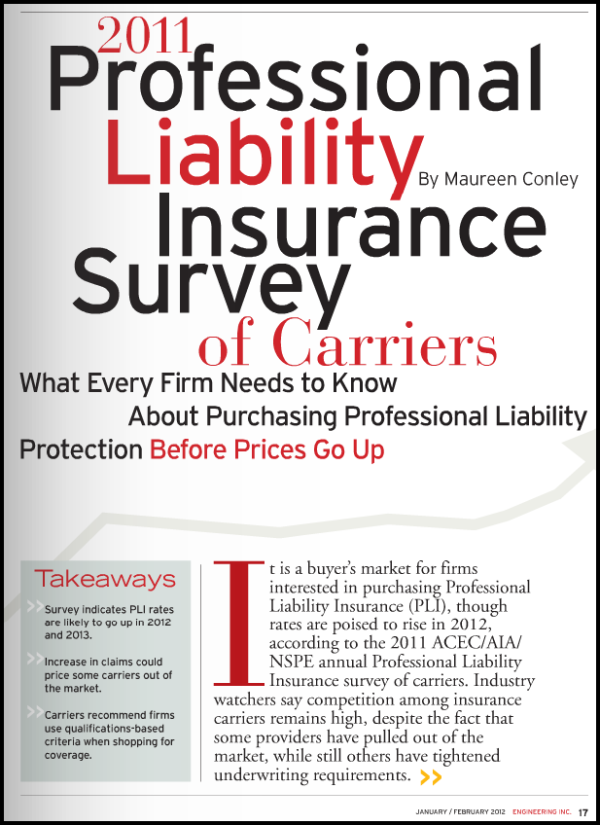Ten years ago, the tallest buildings in the world were The Petronas Towers in Malaysia. Measuring 1,482 feet (including their decorative spires), they eeked out the top spot in 1998, beating Chicago’s Willis Tower (then Sears Tower) by just over 30 feet. While the record was controversial, the sparkling towers dominating Kuala Lumpur’s new skyline reminded the world of something significant:
You can’t keep a good industry down.
Since then, the record has been broken twice. In 2003, construction was completed on the 1,671-foot tall Taipei 101 in Taipei, Taiwan. Just over six years later, Burj Khalifa rocketed through the record, rising to 2,723 feet above the streets of Dubai, UAE.
Unfortunately, the completion of Burj Khalifa coincided with the crash of the global economy. Today, the massive building is about half empty. Dubai’s government even had to seek a bailout from its neighbor, Abu Dhabi. And yet, for many, the world’s most-skyscraping skyscraper remains an emblem of optimism.
In a global economic climate which has rendered so many industries sedentary, those in the design community have been far from immune, but architects, engineers, and their fellow consultants have found themselves in a unique position. What they produce is visible, tangible, and permanent. And we, the people, going about our lives and succumbing to the struggle, cannot help but notice the product.
Buildings ascend from the concrete, sleek and shining and reflecting the sky. Parks sprout in the midst of concrete chaos, a breath of cool, green air. Bridges span dark waters and bring cities together. The news on TV and the radio and the internet may be bad, but when we see the steel skeleton of a new building coming together down the street, men in yellow hardhats operating heavy machinery, it’s hard not to hope the tide is turning.
Theatergoers paid a total of $31.3 million last weekend to watch 49-year-old Tom Cruise choose to accept his fourth mission as Ethan Hunt in Mission: Impossible – Ghost Protocol. This time Agent Hunt is in Dubai and, in a much-talked-about sequence, he scales the flat, glass walls of Burj Khalifa, dangling more than a thousand feet above the ground. While audiences hang on tightly to their popcorn, their hope pushing Agent Hunt to the top of the tower, they will also see, possibly for the first time, that imposing architectural and engineering marvel, the tallest building in the world, an impressive bit of reality playing backdrop to Hollywood’s thrill ride.
That reality is also a reminder for everyone that it’s okay to ask, “What’s next?”
Architects and engineers may not be racing for the sky in 2012. Rather, some trends point to a renewed desire to practice locally, finding beautifully pragmatic solutions which benefit their own communities. It’s a foundational move, something strong to support a hopeful and enterprising future.


